Day 29
Gallipoli
Tuesday, September 17, 2024
Merhaba,
In the back blocks of Taranaki, in New Zealand, lies a small town with a long name: Whangamōmona.
To visit Whangamōmona you have to deliberately go out of your way. It is not a town you pass through on your way somewhere, say from Hamilton to New Plymouth. Whangamōmona lies on State Highway 43, which runs from Stratford to Taumarunui. If you ever get the chance, we implore you to drive the full length of State Highway 43, or The Forgotten World Highway as the tourist brochures now aptly call it. It is a stunning road that traverses breathtaking scenery.
After enjoying the hospitality of the Whangamōmona Hotel (stopping at the hotel is a compulsory part of the journey), you head North towards Taumarunui, crossing the bridge over the Whangamōmona River as you leave town. It can't be much more than a kilometre up the road that you come to a small church on the right-hand side of the road. Directly opposite the church, on the side of the road, is one of the most poignant war memorials you will see in New Zealand.
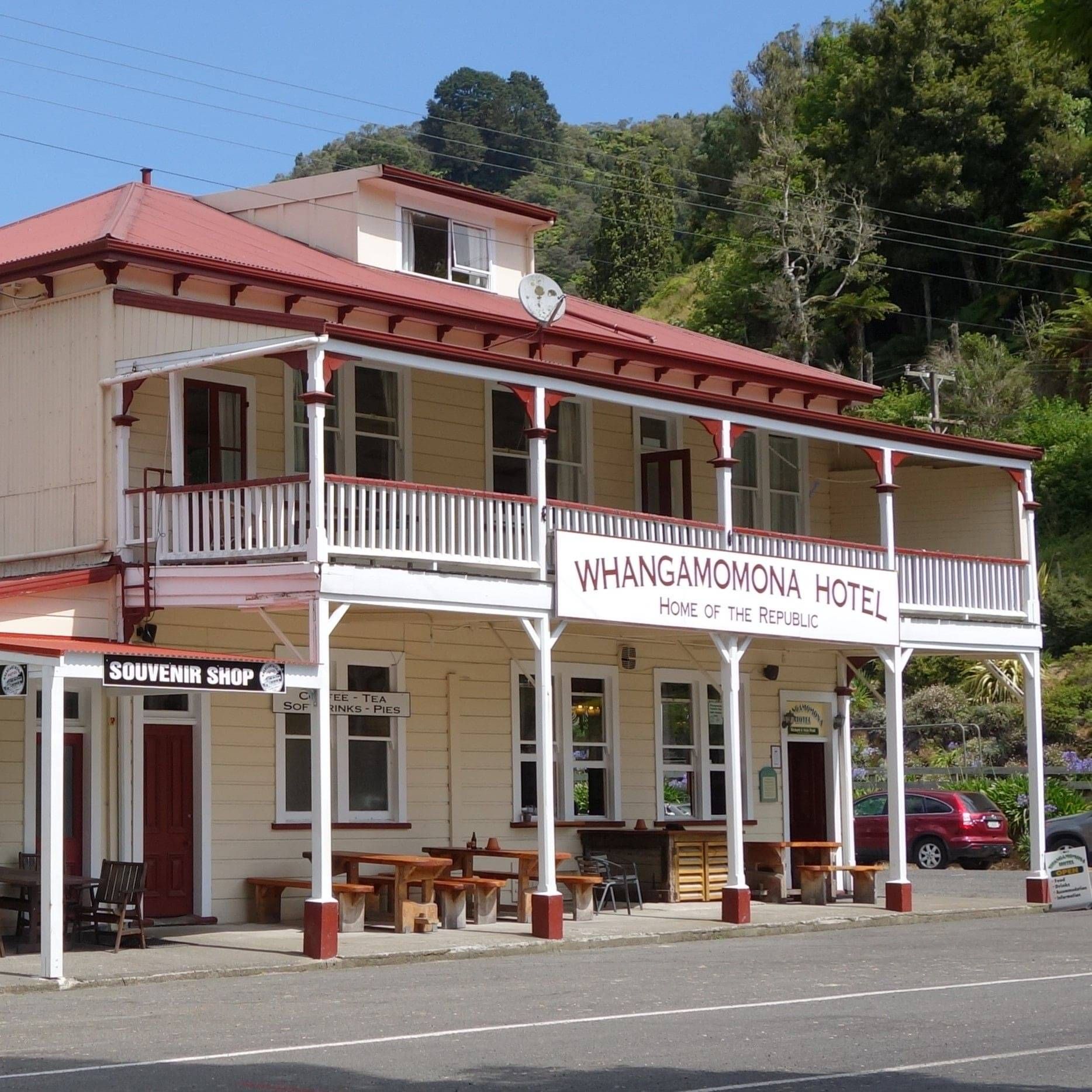
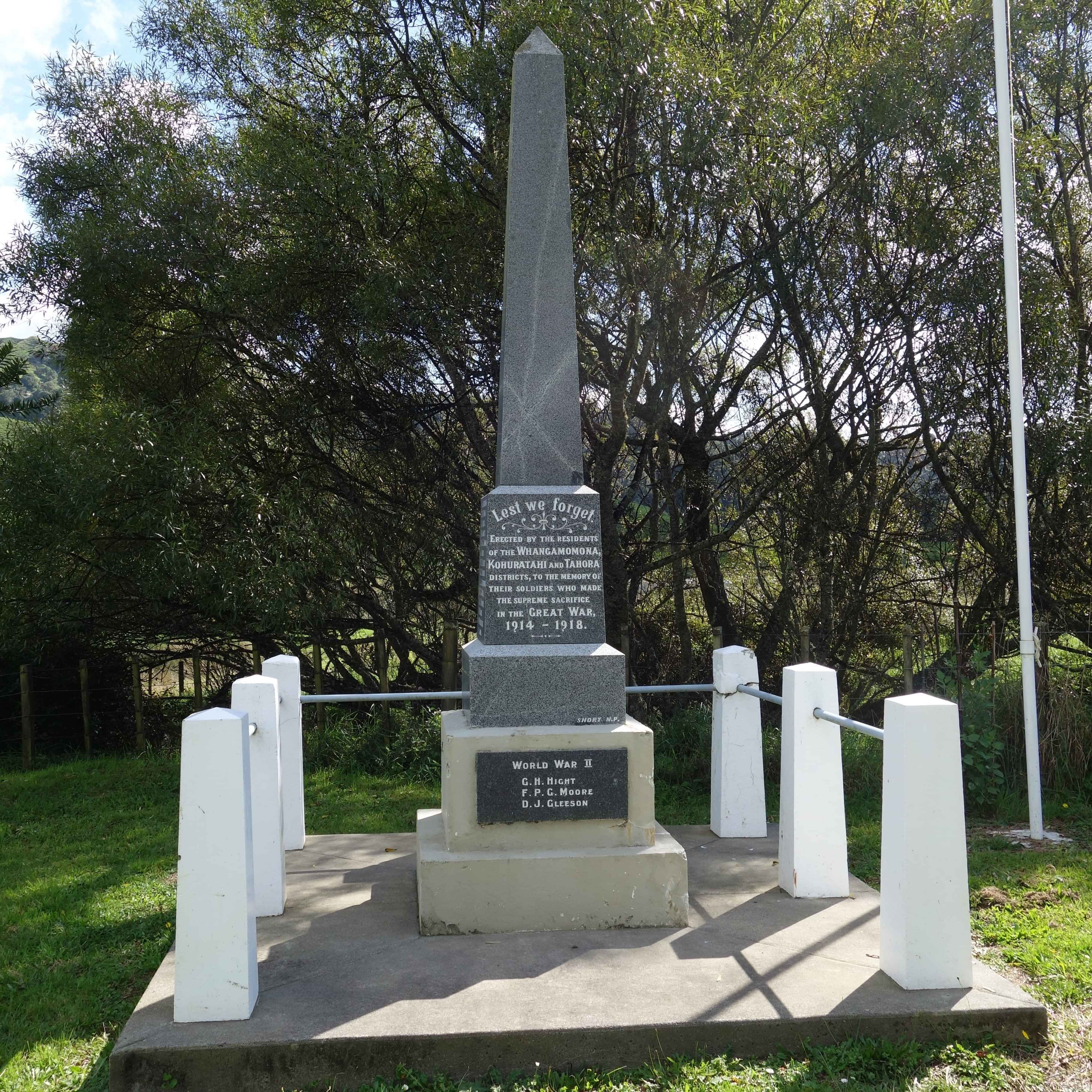
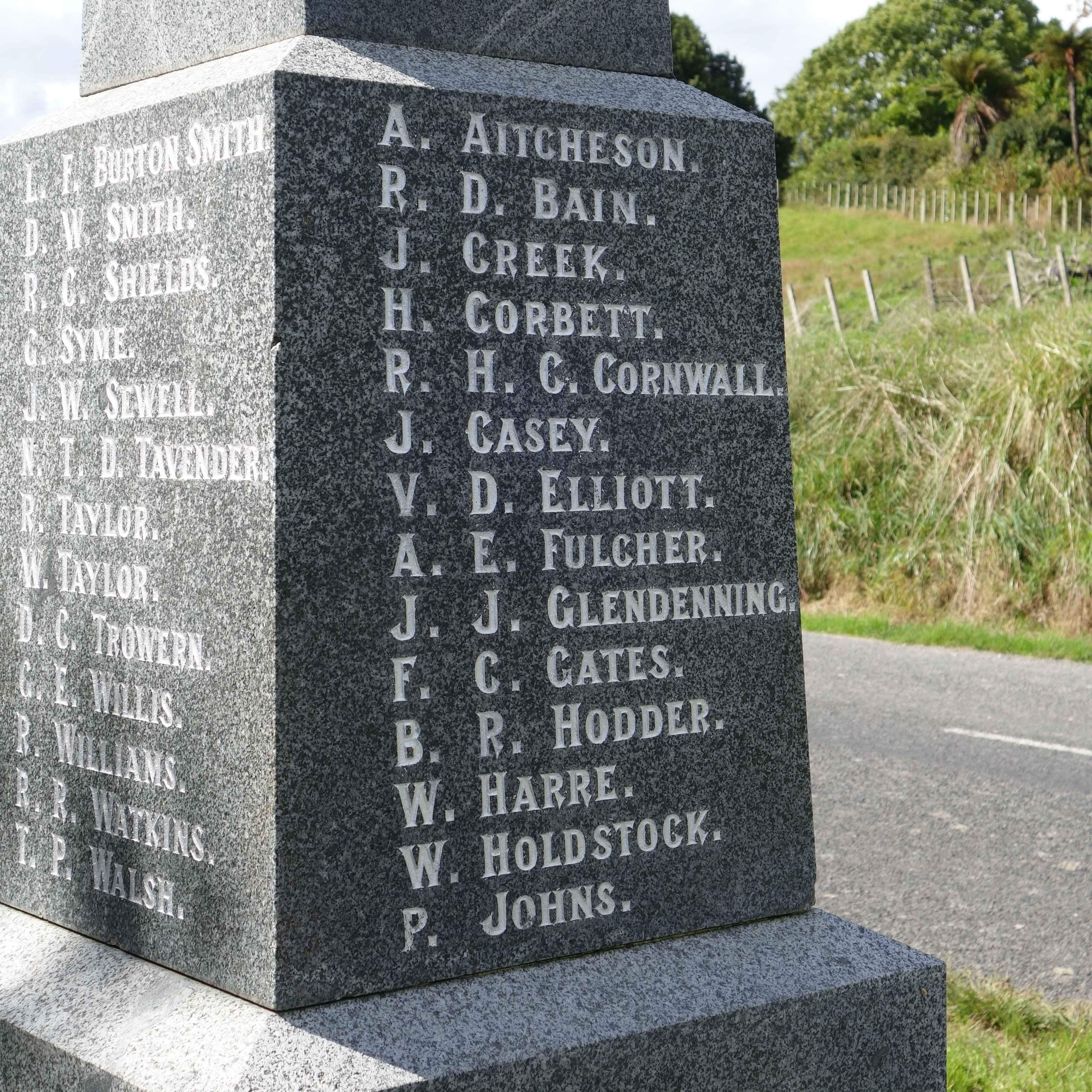
In a small country at the bottom of the vast Pacific Ocean. Nestled deep in the isolated hills of an unforgiving landscape. Here, literally in the middle of nowhere, you will find carved into a stone obelisk the names of the young men who grew up in this region and died fighting someone else's war on the other side of the world.
Young men? They were just kids, really. Eighteen, nineteen, twenty years old when they signed up for the army. In 1914 it must have taken days to reach New Plymouth, the city where they would have travelled to enlist. Naïve kids signing up for what they must have thought would be the adventure of a lifetime.
In every town in New Zealand, no matter how big or small, you will find a war memorial, just like the one outside Whangamōmona. In every single town, a list of names carved into stone.
As New Zealanders, we grew up in the long shadows cast through time by these war memorials. The shadows cast by the actions and the deeds of soldiers that have long since been wrought into legend. We grew up in the shadow of the hallowed name we now know them by: ANZAC.
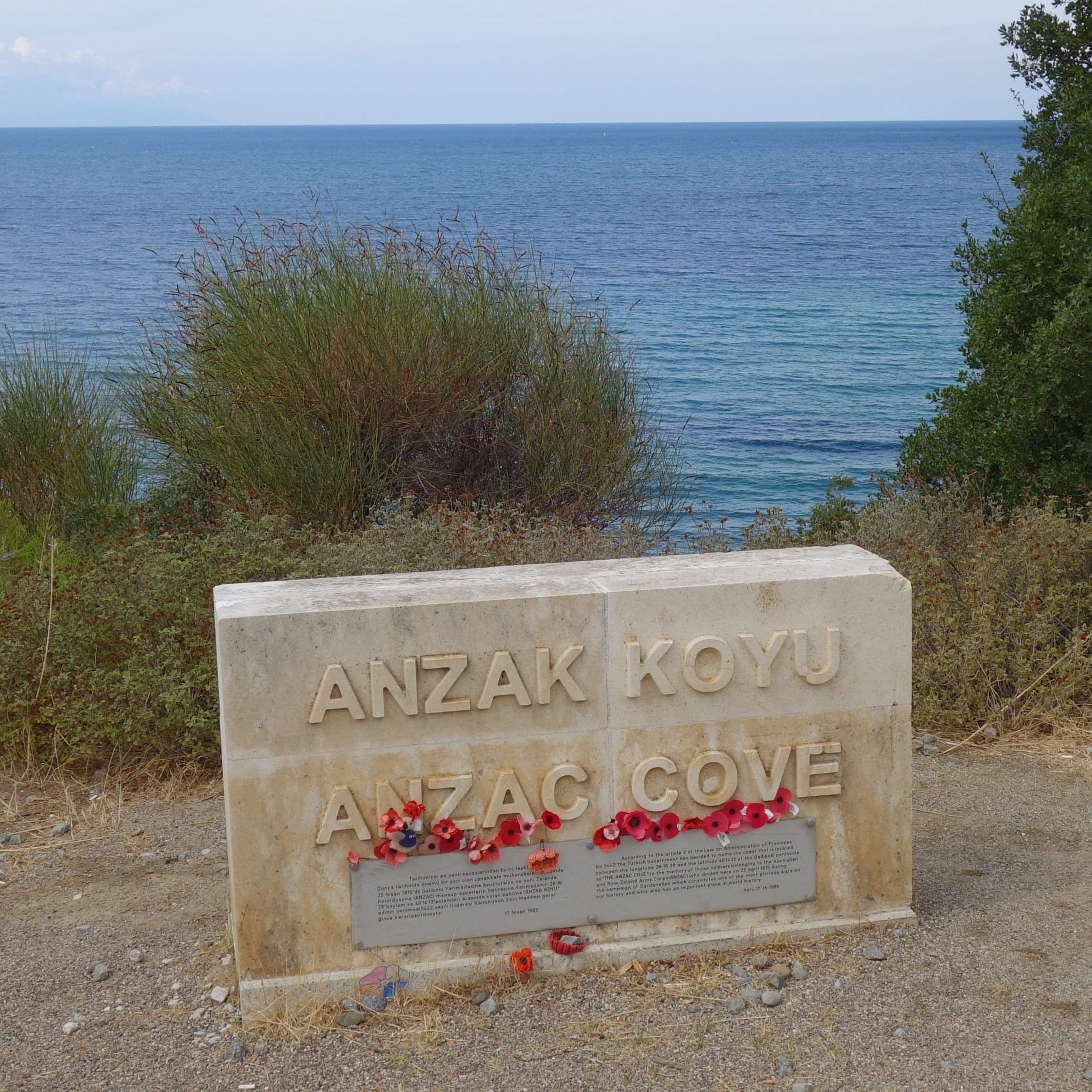
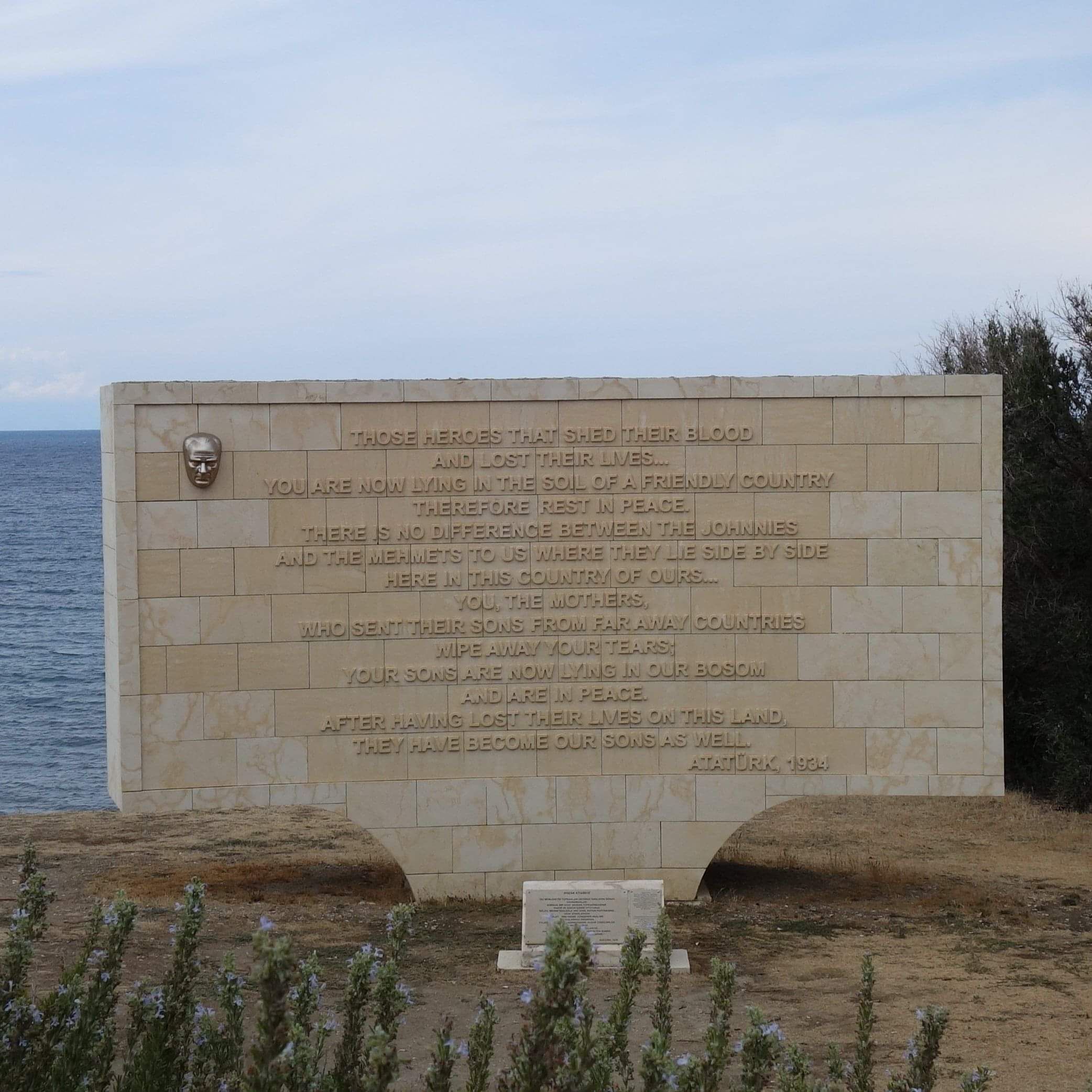
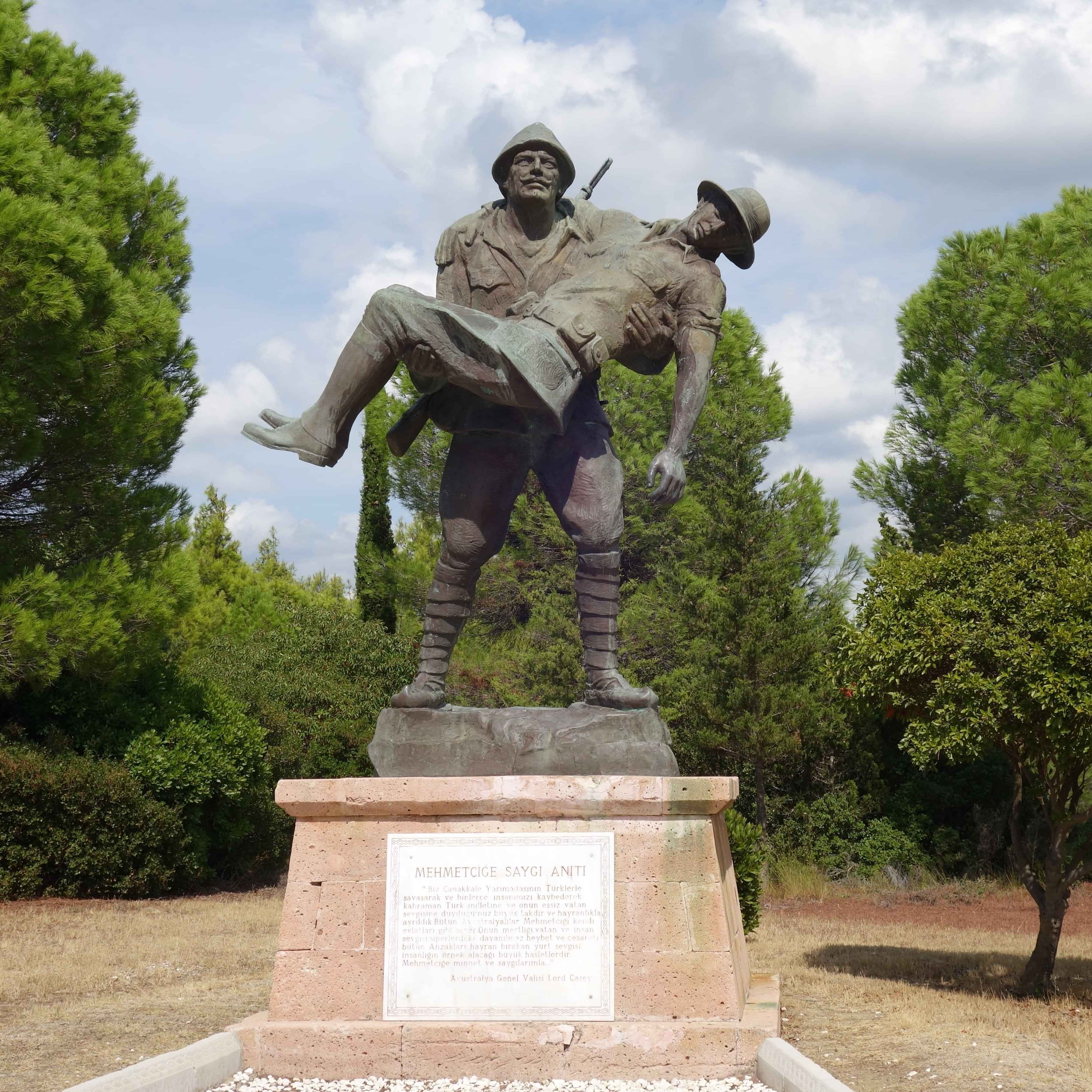
Visiting Gallipoli, where the story of the ANZAC’s started, is a pilgrimage many New Zealanders and Australians have made over the decades. It is almost a rite of passage for any Kiwi travelling to Europe.
Today Grandma, Koro and Debbie all considered ourselves very lucky to have the opportunity to visit this special place.
A travel agent in New Zealand arranged the tour for us through a company called Crowded House Tours. Our Turkish guide was exceptional. His depth of knowledge was extraordinary, as was his respect for all the soldiers involved.
Our tour was very condensed, it was only four hours. As our guide said, to tour Gallipoli properly would take several days. But he did a very good job of explaining the story of the campaign as we moved through each location. The names are as familiar to us as the story: ANZAC Cove, Lone Pine, Chunuk Bair, Suvla Bay.
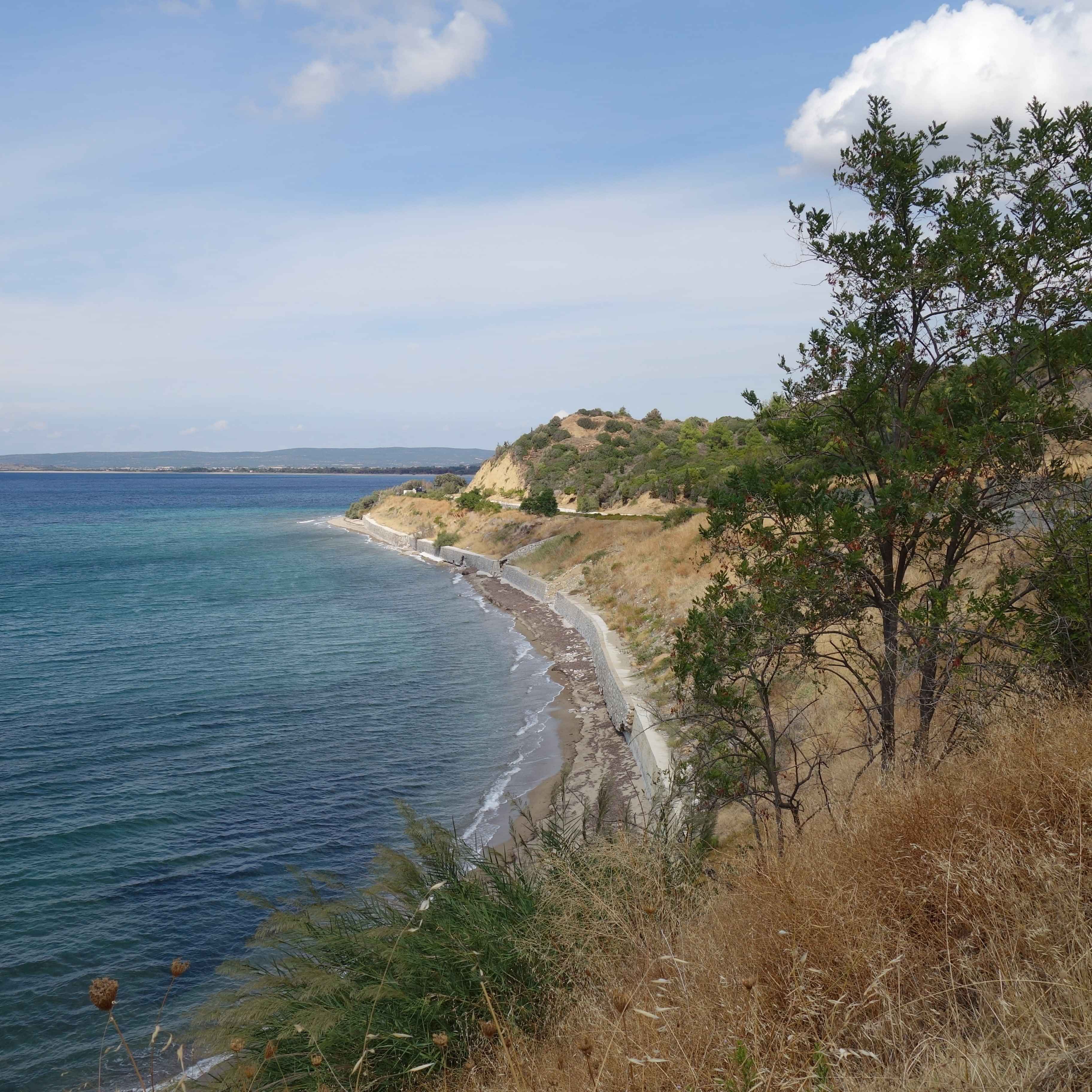
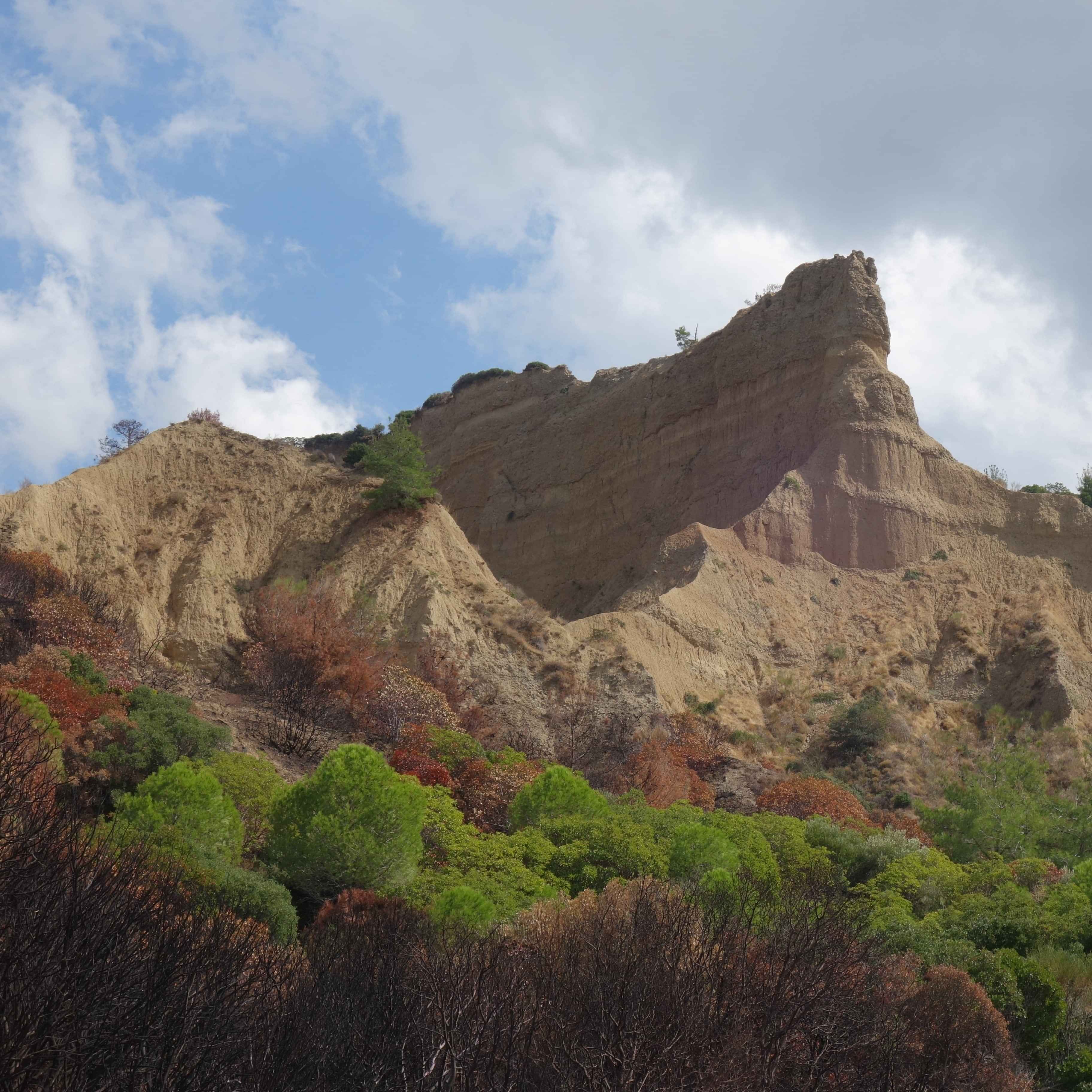
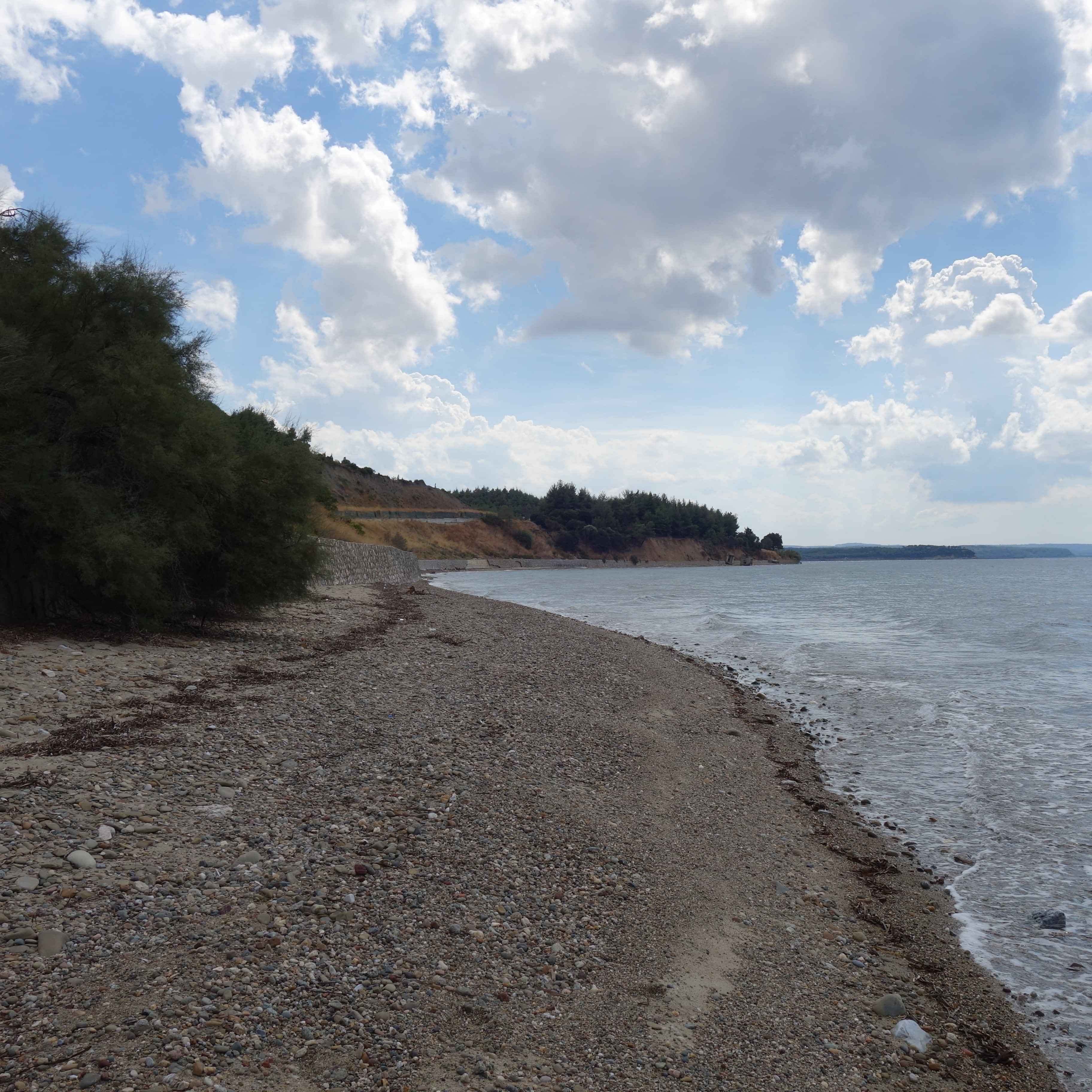

Like the back blocks of Taranaki, this landscape is as beautiful as it is unforgiving. Under a hot Turkish sun the deep blue Aegean Sea offers a flirtatious invitation. Steep hills and sheer cliffs, baked hard after a long hot summer, rise up from the shoreline. There’s no beach, just a narrow strip of pebbles barely fifty metres long.
For the people of Türkiye this is also hallowed ground. This is where they defeated the Royal Navy, who tried to force the Dardanelles using their mighty battleships. This is where the extraordinary Mustafa Kemal Atatürk organised the defence of their lands from the invading Allied forces. March 18 is known as Çanakkale Victory and Martyrs' Day and is celebrated every year.
If you ever get the chance, do not hesitate. Take the opportunity to visit this place. You will remember it forever.
Love to you all from Grandma & Koro & Buzzy Bee.